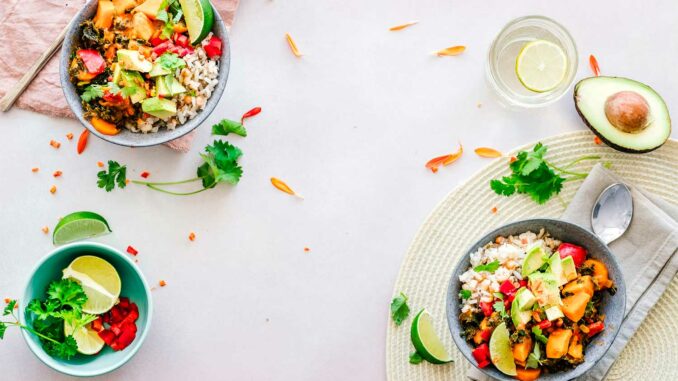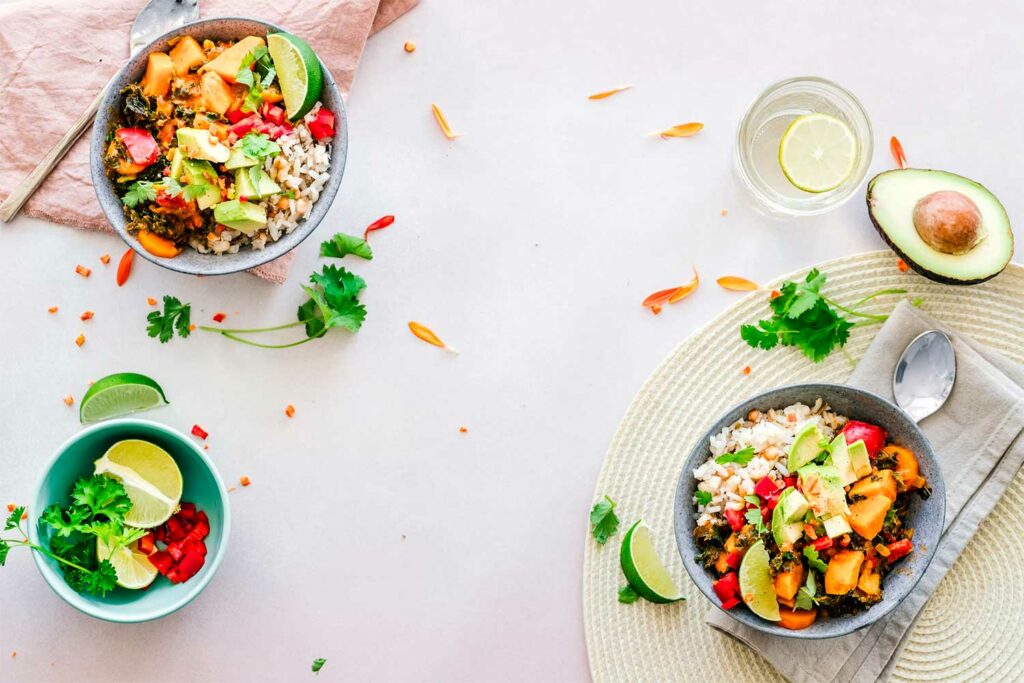
Discover how French cuisine combines healthy eating principles, regional specialties, and culinary culture to support well-being and celebrate tradition.
French cuisine is more than an art of flavors; it reflects a way of living that blends respect for ingredients, balance in meals, and a deep connection to culture. Rooted in centuries-old traditions yet open to innovation, French food culture emphasizes the importance of fresh products, seasonal ingredients, and mindful preparation. This approach not only enhances taste but also supports good health. Understanding the core principles of healthy eating, such as balance between proteins, carbohydrates, and fats, and valuing fresh, minimally processed food, is key to appreciating the richness of French gastronomy. This article explores how French culinary practices contribute to well-being and how traditional habits like regular meals, moderate portions, and local produce continue to shape the nation’s celebrated gastronomic heritage.
Healthy Eating as a Cornerstone of French Food Culture
A central aspect of French cooking is the notion of balance. Meals are designed to provide essential nutrients—proteins, carbohydrates, healthy fats, vitamins, and minerals—without excess. In France, this balance is often achieved by combining lean meat or fish with seasonal vegetables, whole grains, and moderate use of dairy.
Unlike fad diets that restrict entire food groups, the French approach focuses on variety. Fresh market produce, crusty whole-grain bread, legumes such as lentils or chickpeas, and sources of healthy fats like olive oil and nuts remain staples. These choices echo modern nutrition science, showing that a diverse diet supports the immune system, promotes stable energy levels, and helps maintain a healthy weight.
Moreover, the cultural rhythm of eating—three structured meals a day, often shared at the table—reduces unnecessary snacking and contributes to better digestion. This traditional meal structure reflects how French gastronomy connects food with lifestyle and social well-being.
Macronutrients and Their Role in French Cuisine
The French culinary repertoire naturally integrates the three key macronutrients—proteins, carbohydrates, and fats—in a balanced way.
Proteins for Growth and Vitality
Classic dishes like coq au vin or grilled sole illustrate the importance of high-quality proteins. While meat and fish are central in many regional specialties, plant-based proteins from lentils, beans, and chickpeas also hold a traditional place in rural cooking. Combining both animal and plant proteins ensures all essential amino acids for tissue repair and immune support.
Carbohydrates as the Body’s Main Fuel
Carbohydrates in French food culture often come from unrefined sources—rustic breads, buckwheat in Brittany’s galettes, potatoes in Alpine gratins, and pulses in southern cassoulets. These complex carbohydrates deliver steady energy and vital fibers. Sweets and pastries are enjoyed in moderation, often as part of social meals rather than constant snacking.
Fats that Support Health and Flavor
French cuisine favors unsaturated fats from olive oil, walnuts, and fatty fish such as mackerel or sardines. These healthy fats, together with moderate use of butter and cream for flavor, support vitamin absorption and heart health. The French paradox—relatively low rates of heart disease despite moderate fat intake—is often attributed to this balance and the consumption of fresh, minimally processed foods.
Micronutrients and the Power of Seasonal Produce
French gastronomy places great emphasis on seasonal fruits and vegetables, which supply vital vitamins and minerals. Eating “with the seasons” not only enhances taste but ensures higher nutritional value, as produce harvested at peak ripeness retains more nutrients.
Leafy greens like spinach, root vegetables such as carrots and turnips, and fruits like apples, pears, or berries enrich the French table throughout the year. These ingredients provide antioxidants that help protect cells from oxidative stress and support a strong immune system.
Traditional French cooking methods—light steaming, slow braising, or quick sautéing—preserve nutrients while maximizing flavor. Regional markets, a cornerstone of French food culture, remain essential for sourcing fresh local ingredients that align with both health and environmental sustainability.
Hydration and the French Approach to Beverages
A healthy diet is incomplete without proper hydration. In France, water is the primary beverage at meals, often accompanied by a moderate glass of wine in social or cultural contexts. Water helps regulate body temperature, aids digestion, and maintains skin and cellular health.
While coffee and tea are popular daily, sugary sodas and energy drinks are less central to French dining habits. The preference for water and unsweetened beverages reflects a commitment to natural hydration and supports long-term health.

The Cultural Dimension of French Eating Habits
Beyond nutrients, the French way of eating highlights ritual and enjoyment. Meals are typically served at regular hours—breakfast, a substantial lunch, and a lighter dinner—encouraging the body to recognize hunger and fullness cues.
Taking time to eat slowly and savor food is another hallmark of French gastronomy, fostering both better digestion and a sense of connection to the meal. Cooking at home remains common, with many families prioritizing fresh markets and seasonal recipes over ready-made or heavily processed foods.
Such habits not only contribute to healthier diets but also reinforce cultural identity, linking French cuisine to local traditions and the conviviality of shared meals.
French Gastronomy and Sustainable Choices
Modern French culinary culture increasingly embraces sustainable food practices. Choosing local and seasonal ingredients reduces the carbon footprint associated with long-distance transportation and supports regional farmers. Organic produce, which avoids synthetic pesticides and fertilizers, is now widely available in urban markets.
Efforts to reduce food waste, from careful meal planning to creative use of leftovers, reflect both economic sense and environmental responsibility. These practices resonate with the historical frugality of rural French cooking, where every part of an ingredient was used.
By valuing biodiversity and local food traditions, French food culture demonstrates that gastronomy can honor both health and the planet.
French Cooking Classes: A Gateway to Culinary Tradition
For visitors and enthusiasts, cooking classes in France offer a direct way to explore this heritage. Such classes often take participants to local markets to choose seasonal produce, followed by hands-on preparation of classic dishes—from Provençal ratatouille to Normandy’s seafood specialties.
These experiences reveal not just recipes but also the philosophy of balance, freshness, and respect for ingredients that defines French cuisine. They also illustrate how regional diversity—Burgundy’s wine-rich stews, Alsace’s hearty choucroute, the Mediterranean’s olive-oil-based dishes—contributes to the overall richness of French gastronomy.
By learning traditional techniques and understanding the role of each ingredient, participants gain insight into why French cooking remains both a cultural treasure and a model of healthy eating.
Nurturing Well-Being Through French Culinary Heritage
French cuisine proves that healthy eating does not require sacrificing pleasure. By valuing variety, freshness, moderation, and mindful preparation, it shows how food can nourish both body and spirit.
The integration of regional specialties, sustainable practices, and respect for the seasons continues to guide modern French kitchens while promoting wellness. Whether at home, in a bistro, or through cooking classes in France, this enduring tradition offers valuable lessons for anyone seeking a balanced and flavorful approach to nutrition.
Cook in France is your independant source for food in France.